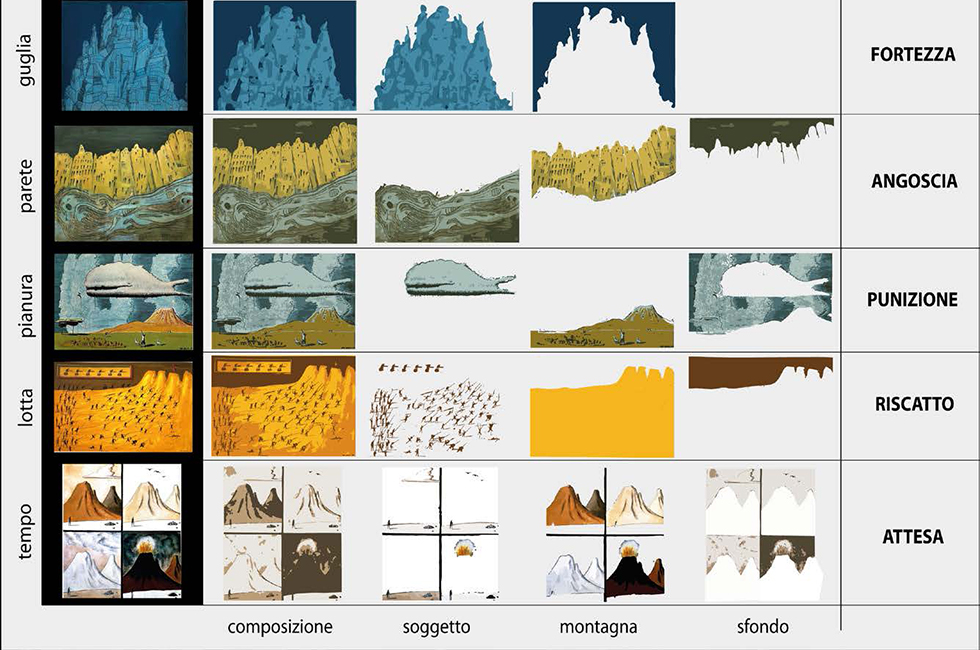Stories by drawing. Dino Buzzati’s Mountains
DOI:
https://doi.org/10.15168/xy.v9i15.3087Keywords:
imaging, prompt to image, visual rhetoricAbstract
Regarded as one of the greatest Italian writers of the 20th century and therefore better known for his literary activity than for his graphic-pictorial activity, Dino Buzzati (1906-1972) expressed his love for the mountains through images conceived as painted stories. Both his biography and bibliography reflect a vocation for visual expression, running parallel to his passion for writing. This dual literary and figurative soul lends itself to evaluating the rhetorical effectiveness of images in their complementary relationship with words. The fruits of his versatile pen are accompanied by the exercise of the visual arts in drawing, painting, and illustrated stories, which culminate in comics. Among his mountain-themed images, one notable example is the rhetorical figures of his famous tempera, a surreal Milan cathedral (1958). The square becomes an Alpine plateau with spires and pinnacles inspired by Cima Canali melting like wax into conoids of dejection that frame the rural scene. Metonymy plays with puns and anamorphosis, emphasizing the dual use of words within the graphic allegory, with a clear reference to the expressive power of figures in verbal language. The mountain, rich in symbolic references, is a recurring and metamorphic presence of rarefied landscapes, composed of only a few essential elements, and it transforms into sandy dunes, erupting volcanoes, threatening cumulonimbus clouds, or turreted cities, serving as a visual gymnasium for artistic expression. It offers the starting point for comparing two languages differently linked to the creation of ‘figures’. The graphic-pictorial stories of the writer, Milanese by training but deeply connected to the mountains by birth and choice, underline the interplay between graphic and verbal language. Buzzati depicts the mountains in his own unique way, how he sees and feels them and represents them in an imaginative way: the expressive freedom of drawing replaces the precision of words, while still leaving the door open to the dreamlike realm of imagination.

Downloads
Published
How to Cite
Issue
Section
License
Copyright (c) 2025 Michela Rossi, Sara Conte

This work is licensed under a Creative Commons Attribution-NonCommercial 4.0 International License.

